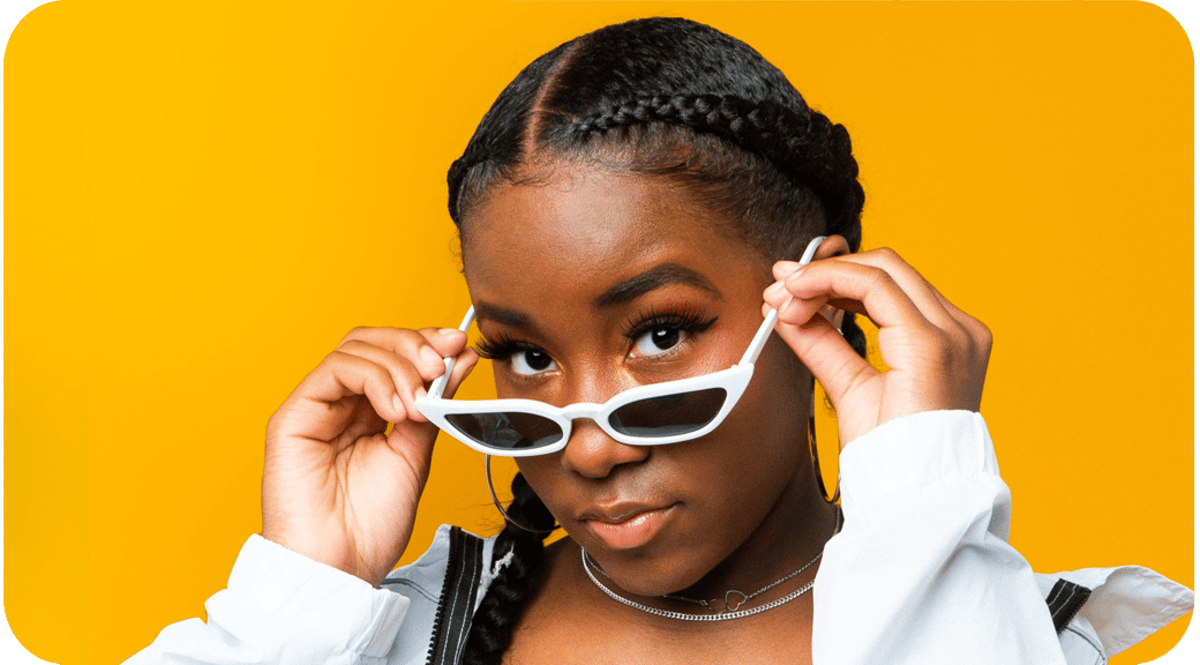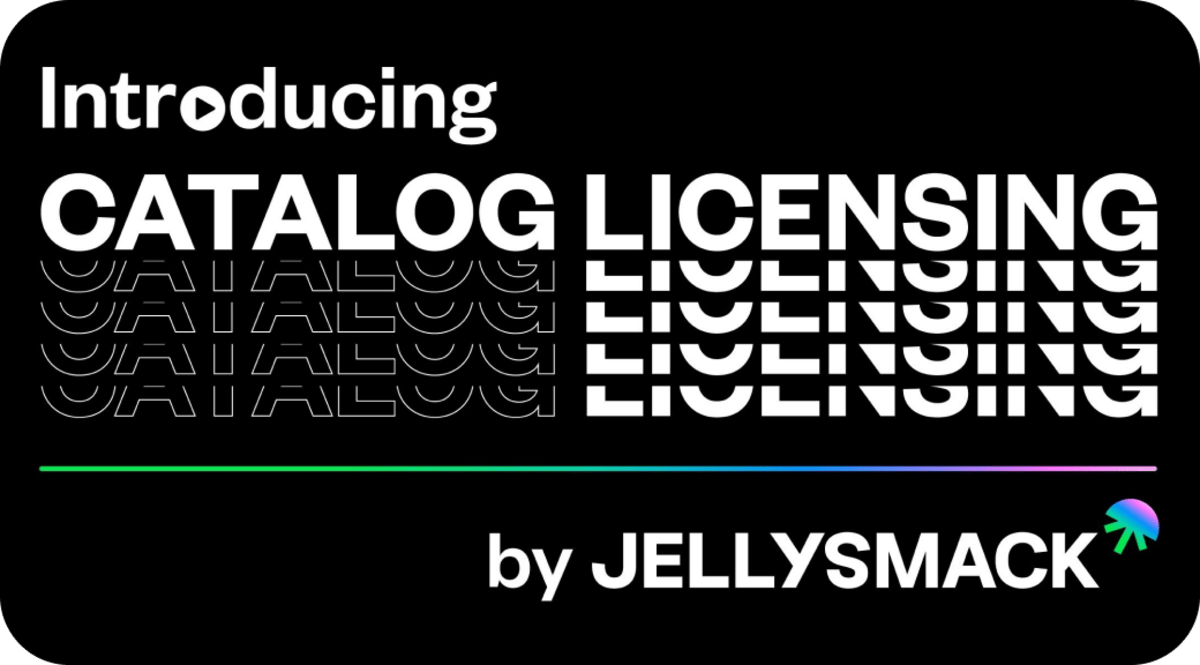We made it to Friday. Have you watched the first part of the Jeen-Yuhs documentary yet? A little birdie told me Colin and Samir are releasing an episode about it Monday.

2 Million Subscribers in 1 Month

Source: Isaiah Photo / YouTube
That’s the number of followers Isaiah Photo earned on his YouTube channel since January.
Ten months ago he pivoted his YouTube channel from long-form challenge and competition videos to almost exclusively Shorts. At the time, he had around 100,000 subscribers—now he has 4 million.
By the Numbers:
5.3 million → Isaiah Photo’s average daily views over the last two weeks.
66,000 → average number of daily subscribers Isaiah Photo gained over the last month.
18x → how much his monthly subscriber rate increased in the first month of uploading Shorts.
“What I’ve found is that the saying is true—quality over quantity,” he noted. “I’ve focused on producing high-quality content that has an easy to follow but engaging storyline, and building my community through every upload with specific calls to action.”
One of his calls to action involves asking viewers to subscribe to help him pass The Rock (his fake rival) in subscribers.
Isaiah shared more about his Shorts strategy, and advice for creators who want to get started. Check out our exclusive q&a at the end of this newsletter👇
Our Take
Just because videos are short, doesn’t mean they are easy. By focusing on good storytelling—opening with an engaging hook, stating a promise, then delivering on it—Isaiah lays the groundwork for a strong viewership.

Tech YouTuber Reaches 7-year Dream

Source: Shevon Salmon / YouTube
Earlier this week, 23-year-old Shevon Salmon realized a long-time dream of moving to Toronto, Canada and getting his own place.
Shevon moved to Brampton, Canada from Jamaica in 2016 to go to college. That same year, he started uploading tech reviews and lifestyle videos to YouTube.
He steadily uploaded multiple times a week, balancing video production with work and school. His channel, now run in tandem with his full-time job as a digital content manager for a real estate group in Toronto, has 163,000 subscribers. In the last four months he received 43,000 new subscribers and he’s averaged around 37,000 views a day over the last two weeks.
He earns money on his videos from AdSense, affiliate links, brand partnerships with platforms like Notion and Squarespace, as well as selling digital wallpapers and icons on Gumroad.
Our Take
It’s important for creators just starting out to have a North Star goal in mind. For Shevon, it was making enough money to move to Toronto. Without such a goal, the career of a creator can quickly become aimless and difficult to navigate as there is no one metric that defines success, or route to follow.

Sponsored by Jellysmack
Jellysmack Earmarks $500M to License Your YouTube Videos
Jellysmack has developed a sophisticated algorithm that predicts the value of your YouTube library.
Want to see how much your YouTube videos are worth? Click here to find out.
Here’s how it works:
Selected creators can get a lump-sum payment up front instead of waiting for their library of content to earn a little at a time.
Payments range from $50,000 to millions of dollars depending on the value of the library. The venture’s goal is to empower creators to invest in their businesses whether it be finally renting that new studio or hiring more employees.
Click here to get started with Catalog Licensing from Jellysmack.

TikTok Looks to Credit Trendsetters

Source: Variety
The short-form video app has had its share of troubles with trend, sound, and recipe attribution over the last couple of years.
Dance trends like the Renegade and Up Dance not being credited to the original sources have led some creators to go on strike.
Now the platform is taking the initiative to give credit where credit is due, with resources in its creator portal. Most tips leave it up to users to tag, comment and find the original source.
Our Take
The culture of a platform is dictated by the platform itself and its users. If TikTok can work with creators to create a culture of credit and truly determine who’s responsible for creating trends, the next step should be to compensate creators for the viewership that they earn.

🔥 Press Worthy
Google is hiring a head of Web3 for YouTube.
Emma Chamberlain is the face of Pac Sun’s latest campaign.
MrBeast launches MrBeast Hindi, his 17th YouTube channel.
Super Saf proposes a solution to YouTube’s scam comment problem.
Zach King makes a short film with Turkish Airlines.
YouTube creator The Professor mints his own web3 token.
Airrack is hiring a Thumbnail designer.

Q&A: Isaiah Photo
The following interview, conducted via email, has been condensed and edited for clarity.
How is creating YouTube Shorts different from TikTok? Do you see yourself working with one more than the other in the future?
In short (no pun intended), TikTok’s algorithm is different from YouTube’s and in turn the way the user behaves on TikTok is different. My content always goes to YouTube first. Then it’s actually reformatted for other platforms like TikTok because I know that the audience is going to be interacting differently. I need to make sure the content is formatted properly. I see myself always working first on YouTube and second everywhere else. That is true now and will probably continue to be.
You almost quit YouTube after having $10,000 of production equipment stolen from your car. What made you stick with it? What helped you recover?
In a moment like that where everything that I needed to create content was stolen from me, my emotions were extremely high and I wasn’t sure how I would continue. I took a short break around that time but I was also surrounded by people who quite frankly wouldn’t let me quit. I knew deep down that I had to give it another try and I had people like my wife and also my friend Dave (who’s a big part of the channel from ideation, to filming and editing) to tell me that it’s not over, just a bump in the road.
Do you have plans to release more long-form content? If so, what separates a long-form idea from a short one?
Yes, I’ve been working a lot on creating more long-form content. In 2021 I released ten long-form videos, and this year I’d like to double that.
For me, what separates a short-form video from a longer one is pretty simple: I have a lot of ideas that I want to execute, but they don’t necessarily fit the long-form criteria because I don’t think I have the ability to create a well-rounded story about something like “how many licks does it take to get to the center of a jawbreaker”. I put myself in the viewers shoes: can I make an 8-minute story out of this idea that will be engaging as the viewer? If not, then maybe it’ll work out as a short.
What advice would you give to creators looking to start Shorts?
Keep the idea simple, create a good hook at the beginning, deliver on the promise at the end and finish the video succinctly and quickly. Don’t waste time at the end babbling on about something, even if it’s related to the video. Once you deliver on the promise, the audience is swiping away to be entertained again by someone else. You want to leave them satisfied but also craving more.







